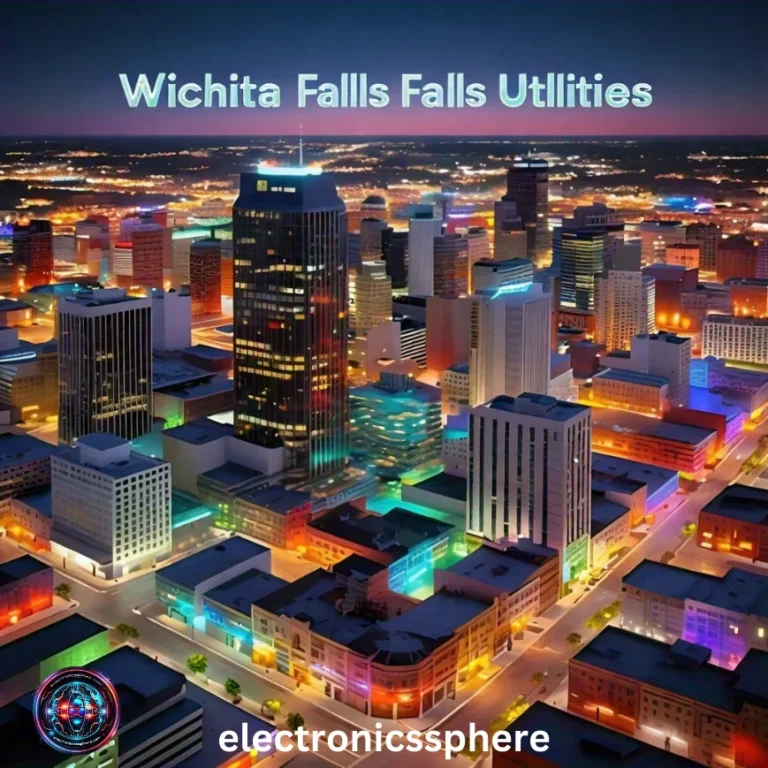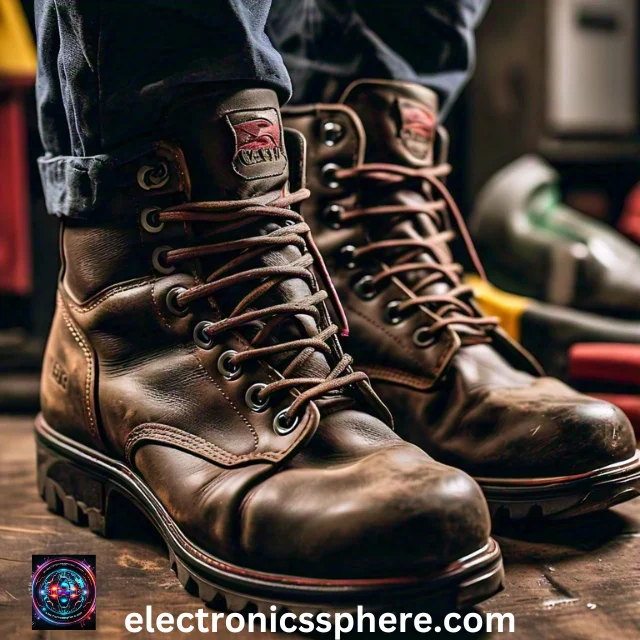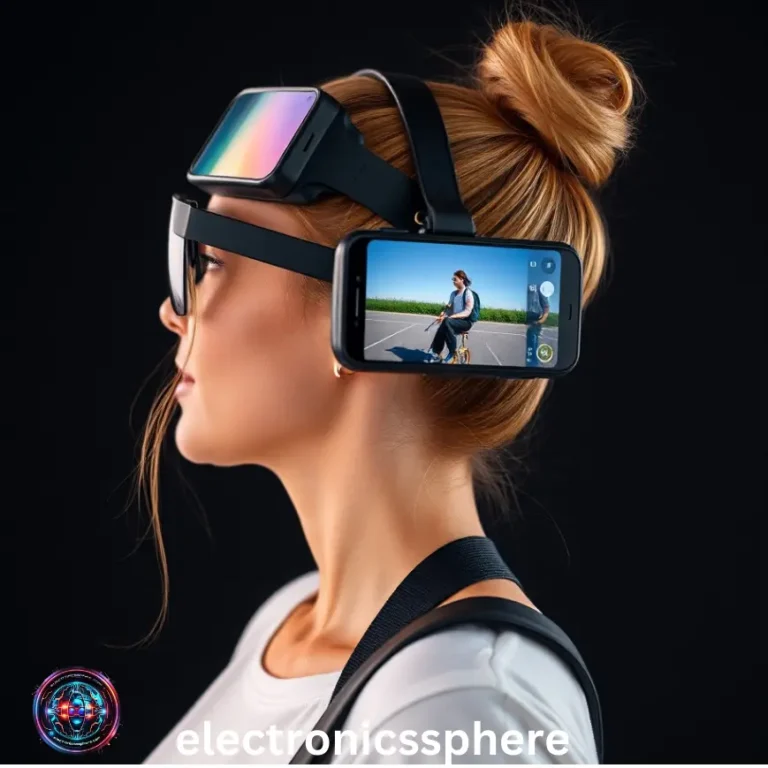Are Electric Bikes Allowed in National Forests? Navigating the Rules and Regulations
In recent years, electric bikes (e-bikes) have surged in popularity, offering a convenient and eco-friendly way to explore the great outdoors. But if you plan to take your e-bike on an adventure, you might wonder:
Are electric bikes allowed in national forests? The answer could be more straightforward, as it depends on various factors such as the type of trail, the classification of the e-bike, and specific regulations set by the U.S. Forest Service.
This article delves into the details, providing all the relevant information you need to ensure that your e-bike excursion in national forests is legal and enjoyable.
Recognizing the Classifications of E-Bikes
It’s essential to comprehend how electric bikes are categorized before delving into the regulations. The classification system makes it easier to determine where and how e-bikes can be used in various outdoor environments.
Class 1 E-Bikes: Pedal-assist exclusively, no throttle, 20 mph maximum assisted speed.
Typical Applications: Fits most trails that permit traditional bikes.
- Class 2 E-Bikes: Throttle-assisted, capable of 20 mph top speed even when no pedaling is used.
Usage Patterns: These are generally accepted where motorized vehicles are allowed but are limited to specific non-motorized pathways.
- Class 3 E-Bikes: Pedal-assist exclusively; no throttle; up to 28 mph maximum assisted speed.
Common Uses: Usually allowed on bike lanes and roadways, although sometimes restricted on specific trails.
National Forests and Rules Governing E-Bikes
Offering a range of recreational possibilities, the U.S. Forest Service oversees 193 million acres of national forests and grasslands. Depending on the particular national forest and the kind of path you like to explore, there can be a variety of complicated restrictions regarding e-bikes.
Overarching Guidelines for E-Bike Use in National Forests
According to the U.S. Forest Service, E-bikes are within the motorized vehicle category. Thus, roads and trails accessible to motorized vehicles, such as Off-Highway Vehicle (OHV) routes, generally permit using e-bikes. Non-motorized paths intended for conventional bicycles, hikers, and horseback riders might be limited.
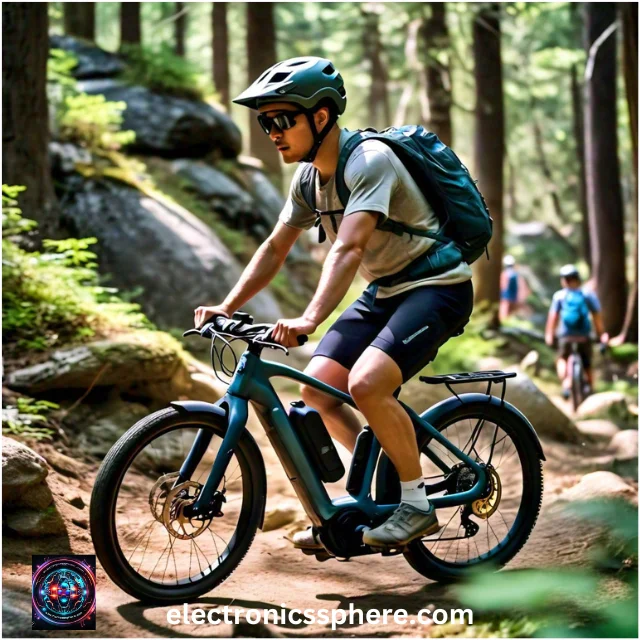
Trail Names
There are various kinds of trails in national forests, each with regulations.
Motorized Trails: E-bikes, no matter what kind, are typically permitted.
Non-motorized Trails: E-bikes are generally not allowed on non-motorized trails unless otherwise noted. However, Class 1 e-bikes may be permitted on particular national forests’ trails if treated like regular bicycles.
Wilderness regions: All motorized and mechanized types of mobility are forbidden in wilderness regions, including e-bikes.
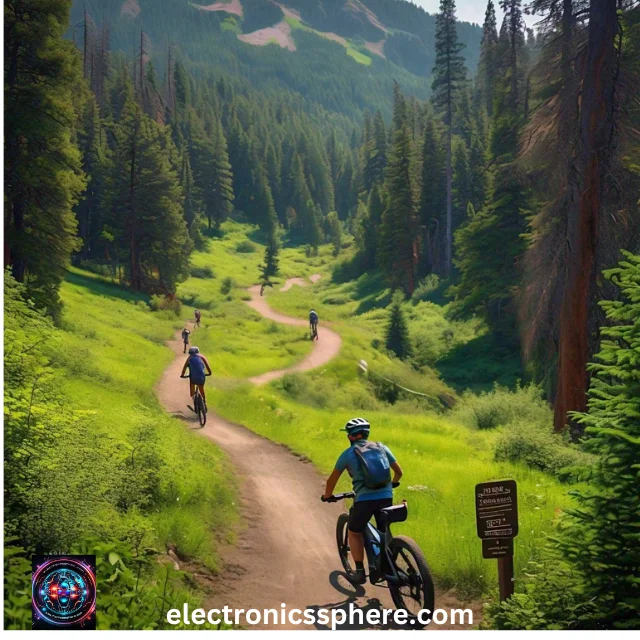
Particular Forestry Acts
There are rules in place for e-bikes in some national forests. For instance:
In some non-motorized paths inside the Inyo National Forest, Class 1 e-bikes are permitted.
In the White River National Forest, e-bikes are allowed on trails and roads with motors but not on non-motorized routes.
Only authorized motorized paths in the Pisgah National Forest are suitable for e-bike usage.
National Forests and State-Level Regulations
State legislation may impact e-bike restrictions and how e-bike access is managed in national forests in those states.
- California State Law: E-bikes are categorized similarly to regular bicycles; Class 1 and 2 e-bikes can be used on bike routes and trails that allow bicycles.
Impact of National Forests: California’s national forests, including the Angeles National Forest, permit Class 1 and 2 e-bikes on non-motorized trails and frequently comply with state legislation.
According to Colorado State Law, e-bikes are typically permitted on bike lanes and trails unless specific restrictions exist.
The San Isabel National Forest in Colorado is one of the national forests that may permit e-bikes on specific non-motorized trails as long as they adhere to state regulations.
- Arizona State Law: E-bikes are permitted to use bike lanes and trails as they are considered bicycles.
Impact of National Forests: Under state law, e-bikes are allowed on motorized and specific non-motorized paths in Arizona’s Coconino National Forest.
E-Bike Regulations in Selected National Forests
| National Forest | Location | Allowed E-Bike Classes | Trail Type | Specific Rules | Contact Information |
|---|---|---|---|---|---|
| Inyo National Forest | California | Class 1 | Non-Motorized & Motorized | Class 1 e-bikes allowed on specific non-motorized trails | +1 760-873-2400 |
| White River National Forest | Colorado | Class 1, 2, 3 | Motorized Trails | E-bikes prohibited on non-motorized routes | +1 970-945-2521 |
| Pisgah National Forest | North Carolina | Class 1, 2, 3 | Motorized Trails | E-bikes allowed only on designated motorized trails | +1 828-257-4200 |
| Angeles National Forest | California | Class 1, 2 | Non-Motorized & Motorized | Aligns with state law; Class 1 and 2 e-bikes allowed | +1 626-574-5200 |
| Coconino National Forest | Arizona | Class 1, 2, 3 | Motorized & Some Non-Motorized | Follows state law; allowed on motorized and some non-motorized trails | +1 928-527-3600 |
Suggestions for E-Bike Riding in National Forests
Take into account the following advice to guarantee a fun and safe e-bike ride in national forests:
Examine local laws
Check the guidelines and policies of the national forest you intend to visit before you go. Policies can alter, and what is permitted in one forest may be forbidden in another.
Consider trail etiquette
Respect other users on mixed-use trails, such as horseback riders, hikers, and conventional bikers. When passing someone, maintain a safe distance and give way to pedestrians and equestrian riders.
Get Ready for Various Terrain
From steep, bumpy pathways to smooth dirt roads, national forests provide a variety of vistas. Make sure the terrain you intend to explore is compatible with the e-bike you own. Bring enough water, a repair kit, and other necessities for a day in the woods.
Check the Battery Life
E-bikes’ battery life could be better on rough trails and severe hills. Include locations along your journey where you can refuel if necessary. You can recharge your battery at nearby facilities or visitor centers, particularly national forests.
Work on your Leave No Trace tenets
To respect the environment, follow the Leave No Trace guidelines. Remain on authorized paths, remove rubbish, and keep wildlife at bay.
Conclusion
So, are electric bikes allowed in national forests? The answer is yes, but it has important caveats. Understanding the classifications of e-bikes and the specific rules of the national forest you’re visiting is crucial to ensuring a legal and enjoyable ride.
As e-bikes continue to shape the future of outdoor recreation, staying informed and following the rules will help preserve the natural beauty of our national forests for generations to come.
Whether cruising through the towering pines of the Inyo National Forest or navigating the rugged trails of Pisgah, remember to ride responsibly, respect the environment, and enjoy the freedom that e-bikes bring to your outdoor adventures.
